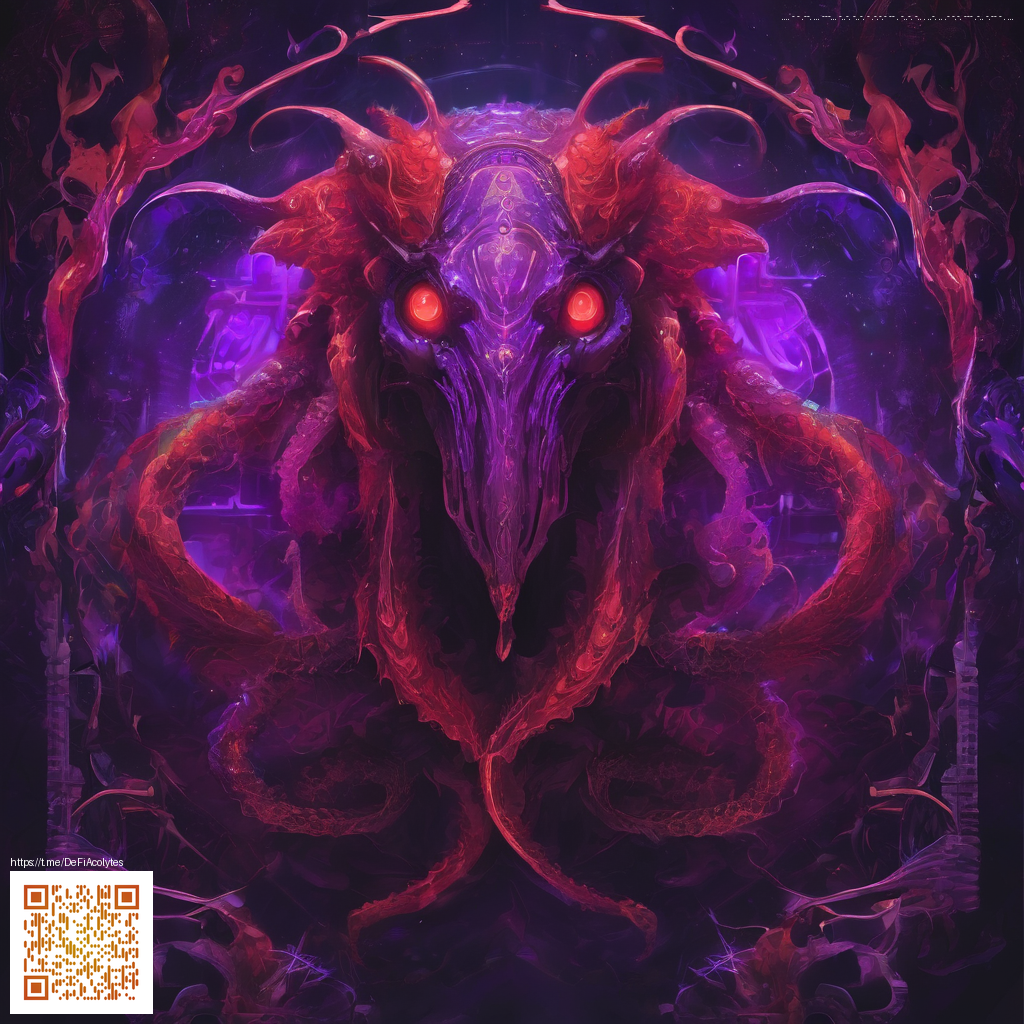
The Power of Visual Storytelling: How Images Drive Engagement
Images aren’t just decorative elements on a page; they’re the first language your audience speaks. In a world crowded with text, visuals cut through the noise, conveying emotion, context, and meaning in an instant. The science behind this is simple and compelling: our brains process images faster than words, and memorable imagery improves recall, association, and action. When done well, a single photograph or illustration can set a mood, tell a narrative arc, and invite readers to linger longer, click deeper, and share widely.
Consider how a cohesive image strategy can transform ordinary content into an experience. A well-composed photo carries the story within its pixels—color palettes hint at tone, lighting suggests time of day, and composition guides the eye toward what matters most. This is the essence of visual storytelling: you’re not just showing something; you’re inviting your audience to feel something, to infer a narrative, and to imagine themselves within it.
“Great visuals don’t just decorate a story; they amplify its message and accelerate understanding.”
To harness this power, start with a clear narrative intention. What feeling do you want to evoke? What decision should your audience make after viewing the image? Once you’ve defined that, you can craft visuals that align with your core message. The landscape of digital content rewards authenticity: images that reflect real life, real use cases, and real people tend to outperform overly polished or staged shots. In practice, this means pairing candid moments with deliberate framing, so the story remains both relatable and purposeful.
Crafting Images that Tell a Story
Images are short, silent storytellers. They must communicate quickly, then invite curiosity to drive further engagement. Here are practical moves you can apply:
- Define a focal point. Let a single element command attention to anchor the viewer’s journey.
- Use color to convey mood. Warm tones can feel inviting; cool tones can feel calm or serious.
- Incorporate context. Show the product in use or within a lifestyle scene to teach its function without words.
- Pair images with concise captions. A few words can unlock the story behind the shot and improve comprehension.
- Maintain authenticity. Realistic lighting and natural expressions create trust and relatability.
For brands exploring tangible examples of visual storytelling in everyday life, a product page can serve as a case study. The page Phone Case with Card Holder — Polycarbonate (Glossy or Matte) demonstrates how close-up photography, context shots, and lifestyle imagery work together to highlight features and use-cases in a cohesive narrative.
Platform Considerations: Visuals Where Readers Live
Different platforms reward different visual strategies. Social feeds demand quick hooks and mobile-friendly compositions, while blog articles benefit from imagery that supports deeper reading, such as illustrated diagrams or step-by-step visuals. Regardless of format, visuals should be optimized for fast loading and legible at small sizes. Ensure your main image scales gracefully on phones, tablets, and desktops alike, because a seamless experience keeps readers engaged rather than bouncing away.
Captions also deserve attention. A well-crafted caption extends the story beyond the image, providing a bridge to the surrounding copy. It can pose a question, present a micro-story, or offer a tangible benefit. Pairing an evocative image with a crisp caption creates a compound effect: emotion plus clarity, which drives both comprehension and conversion.
If you’re looking to translate these ideas into a practical workflow, start with a brief for every visual asset. Specify the scene, the mood, the audience, and the action you want readers to take after seeing the image. Then test variations—different crops, angles, and color temperatures—to learn which combinations resonate best with your audience. Visual storytelling is a data-informed craft, not guesswork.